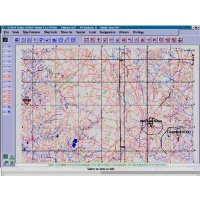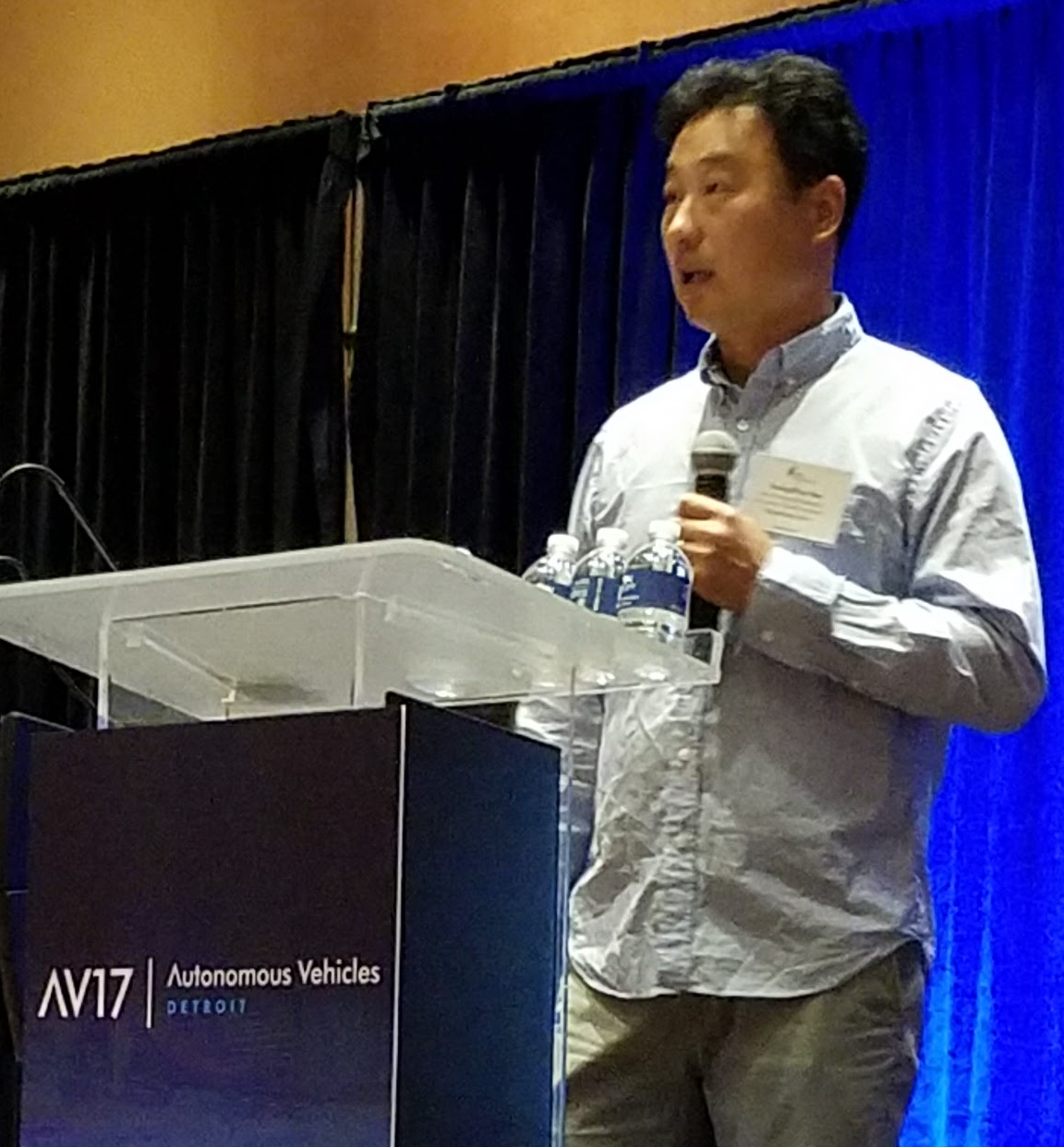Enabling Multi-Agents System to be Intelligent
Published:
Multi-Agents System for Enforcing Need-to-know Security Policy The “Need-to-know” authorization is that grants access to confidential information only if that information is necessary for the requester’s task or project. Here, confidential information refers to property containing knowledge that is sensitive to an individual or organizations; hence its careless release may have a damaging effect. We devised a multi-agent system architecture for the adaptive authorization of access to confidential information. The developed system provides “need-to-know” content-based authorization of requests to access confidential information that extend the protections offered by security mechanisms such as access control lists (ACLs). We treat the authorization task as a text classification problem in which the classifier must learn a human supervisor’s decision criteria with small amounts of labeled information, e.g. 20 to 30 textual documents, and to be capable of generalizing to other documents with a near-zero false alarm rate. Since “need-to-know” authorizations must be determined for multiple tasks, multiple users, and multiple collections of confidential information, with quick turn-around from definition to use, the authorization agent must be adaptive and capable of learning new profiles quickly and with little impact on the productivity of the human supervisor and the human end-user. When a request for confidential information occurs, the authorization agent compares the content of the requested information to the description of the requester’s project. The request is approved for access if the requester’s project is determined to be “relevant” to the requested item. An unauthorized attempt to acceess a unit of confidential information that the requester does not “need to know” is undoubtly rejected because the requester’s project description is not at all similar to that information. To this end, we examined five different text classification methods for solving this problem, ``agentified” the best performer, and inserted it in a secure document management system context. This work is significant in that it enables a human supervisor to conveniently and cost-effectively identify arbitrary subsets of confidential information and to associate security policies to it. The multi-agent system, by integrating with a secure document management system, enables the automatic enforcement of such security policies, as well as tracks authorized and unauthorized attempts to access the confidential information. Read the following papers to learn more about this work:
- Young-Woo Seo and Katia Sycara, Addressing insider threat through cost-sensitive document classification, Terrorism Informatics, pp. 451-472, Springer, 2008.
- Young-Woo Seo and Katia Sycara, Cost-sensitive access control for illegitimate confidential access by insiders, In Proceedings of the IEEE Intelligence and Security Informatics Conference (ISI-2006), pp. 117-128, San Diego, May, 2006 (awarded the “best paper honorable mention”).
- Young-Woo Seo, Joseph Giampapa, and Katia Sycara, A multi-agent system for enforcing “Need-To-Know” security policies, In Proceedings of the International Conference on Autonomous Agents and Multi Agent Systems (AAMAS) Workshop on Agent Oriented Information Systems (AOIS), pp. 179-163, New York, New York, July, 2004.

Information Fusion for Command and Control This work aims at developing a method that helps a software agent discern a set of relevant and essential information from all the available information sources. The resulting method enables software agent to accomplish a given task, on time, by effectively utilizing those identified set of information. Furthermore, it could be very useful to handle properly the problem of “data overload, information starvation.” For example, such provision will help a human decision maker draw a timely conclusion with less uncertainty. As a preliminary work, I had investigated the related literature such as the study of Link Analysis, Social Network Analysis, and modeling of trust/reputation in the multi-agent systems. As a result of this work, a new model for estimating reliablity (or trust) of information provided by agents in multi-agents community is developed. This model provides an agent with a method that helps to determine which agents in the same community are trustworthy so that it can accomplish its tasks efficiently by collaborating trustworthy agents. Following those notions of human intuitively, the trustworthiness of an agent is estimated by linearly combining two factors: truster’s direct experiences and the statement of target agent’s reputations from other agents. Read the following papers to learn more about this work:
- Young-Woo Seo and Katia Sycara, On the beaten path: exploitation of entities interactions for predicting potential link, Tech Report CMU-RI-TR-06-36, the Robotics Institute, Carnegie Mellon University, Aug 2006.
- Young-Woo Seo and Katia Sycara, Combining multiple hypotheses for identifying human activities, Tech Report CMU-RI-TR-06-31, the Robotics Institute, Carnegie Mellon University, May 2006.
- Young-Woo Seo and Katia Sycara, Exploiting multi-agent interactions for identifying the best-payoff information source, In Proceedings of the IEEE/ACM Conference on Intelligent Agent Technology (IAT-2005), pp. 344-350, Compiegne, France, September, 2005.
- Joseph Giampapa, Katia Sycara, Sean Owens, Robin Glinton, Young-Woo Seo, Bin Yu, Chuck Grindle, Yang Xu, and Mike Lewis, An agent-based C4ISR testbed, In Proceedings of the International Conference on Information Fusion (Fusion-2005), Philadelphia, PA, July, 2005.
- Joseph Giampapa, Katia Sycara, Sean Owens, Robin Glinton, Young-Woo Seo, Bin Yu, Chuck Grindle, and Mike Lewis, Extending the OneSAF testbed into a C4ISR testbed, Simulation: Special Issue on Military Simulation Systems and Command and Control Systems Interoperability, 80(12): 681-691, 2004.

Multi-Agents System for Assisting Fincial Portfolio Management The WARREN system, an application of the RETSINA multi-agent architecture, deploys a number of different, autonomous software agents that acquire information from and monitor changes to stock reporting databases. These agents also interpret stock information, suggest the near future of an investment, and track and filter relevant financial news articles for the user to read. Read the following papers to learn more about this work:
- Young-Woo Seo, Joseph Giampapa, and Katia Sycara, Financial news analysis for intelligent portfolio management, Tech Report CMU-RI-TR-04-04, the Robotics Institute, Carnegie Mellon University, May 2002.
- Young-Woo Seo, Joseph Giampapa, and Katia Sycara, Text classification for intelligent portfolio management, Tech Report CMU-RI-TR-02-14, the Robotics Institute, Carnegie Mellon University, May 2002.
